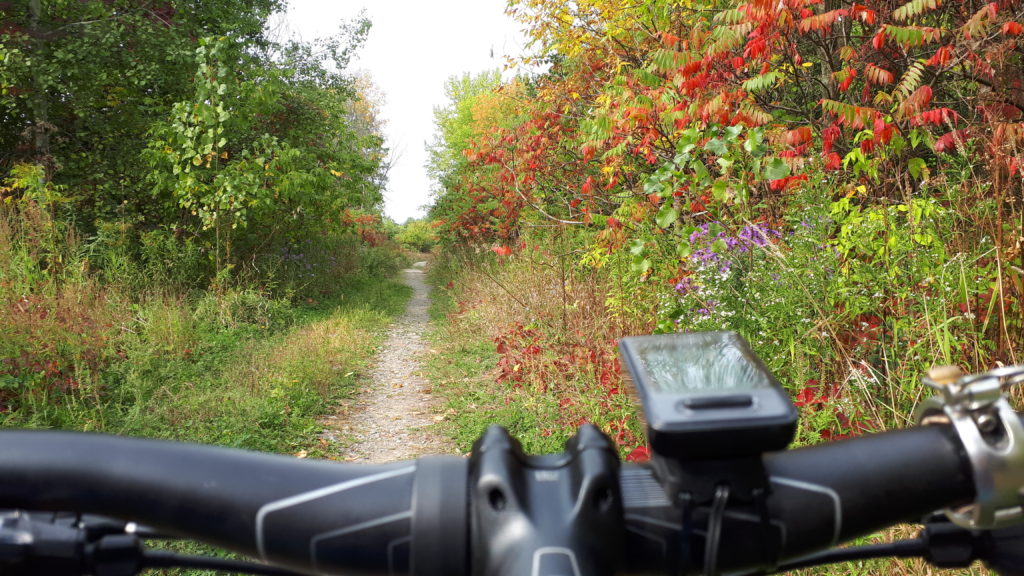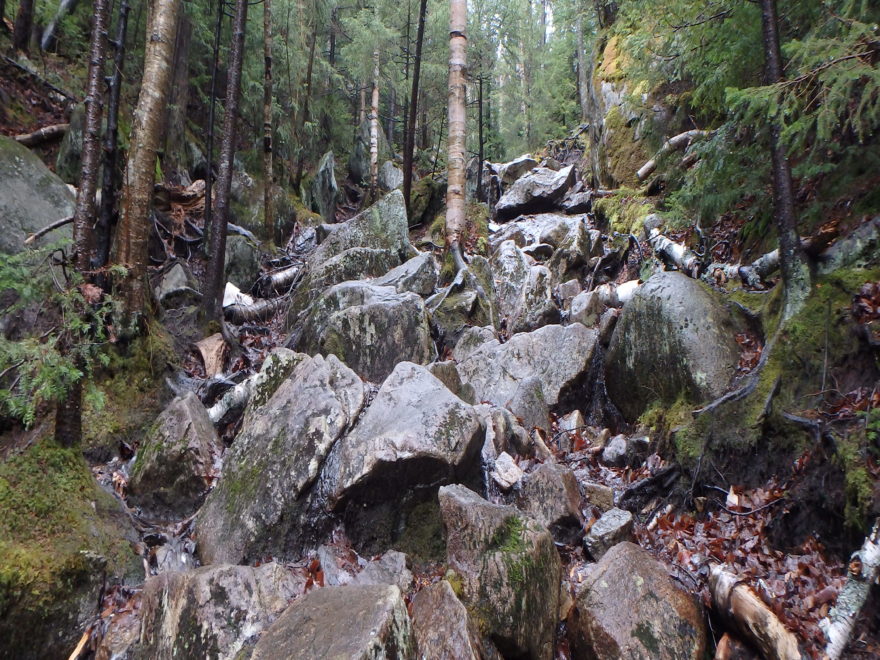I was away last week, on vacation in the Adirondack Mountains of northern New York State. The ‘dacks, as they’re known locally. My husband and I were there to do some alpine hiking. What that means, more or less, is going up to a mountain summit… and then back down again. Yes, we do that for fun!
We were also there to unplug and unwind, to untether ourselves from the ubiquitous smartphones, tablets, and computers that constitute daily life.
Which was why I didn’t post any blogs all week, although there’s so much I want to tell you about; the two-day Play the Pain event, for example, earlier this month… stay tuned for that!
What I’d like to talk with you about today, though, is challenges – and how we deal with them. I’ve been doing outdoor activities since early childhood, when I also competed in a number of sports.
Diving, cross-country skiing, figure skating, swimming, synchronized swimming, water polo… to name a few.
As a young adult my desire to compete in sports waned, although I remained physically active. I’d regularly get up at 0500, to exercise before work or school. Exercise was key to my identity; it always has been.
Competition in sports ceased being a goal for me after I developed fairly severe exercise-induced asthma during adolescence. After waking up on a ventilator – for the third time! – due to respiratory arrest during an asthma attack, I realized that I couldn’t realistically compete to win.
If I couldn’t win, I didn’t see much point in competing in a given sport. I viewed staying on my various teams as taking the places of athletes who might have a real chance at winning. It seemed unfair for me to stay on these teams.
At about the same time, coincidentally or not, it became much more important to me to focus on school, and on my job. For many years, I worked full-time while taking evening courses; to complete a bachelor’s degree, then a management program (university certificate), and finally a master’s degree.
Throughout all those years, exercise remained an integral aspect of my identity – of my sense of self. It still is, despite CRPS. Complex Regional Pain Syndrome, am autoimmune and neuro-inflammatory disease which causes parts of the body to become “exquisitely painful and swollen with reduced range of motion”(1), extreme fatigue, and a host of other symptoms.
Although I’d abandoned competitive sports, I hadn’t completely stopped competing. I’d become interested in competing with myself, in improving my own exercise skills and performance.
To do that, particularly in the early years after developing asthma, I had to learn to listen to my body. If I didn’t, I could stop breathing. That was a great motivator!
Like so many other child athletes of my era, I’d been taught the ‘no pain, no gain’ approach to training. We were told to ‘push through the pain’, even when injured.
The best example of this? In figure skating, we were told by our coaches to always get up after falling on the ice – to finish our choreographed programs or routines:
Slap a smile on your face, and try to at least score a few points towards your seasonal ranking.”
The only exceptions were broken legs, and bleeding injuries; because blood freezes onto the ice and can then cause a skater to trip and fall. I’ve seen 10-year old girls skate to the end of their competition programs with broken arms, sprained wrists.
And concussions, so many concussions. Have you ever seen a figure skating competition in which the athletes wore helmets? Didn’t think so.
We didn’t even wear helmets for practice sessions… which really was silly, because there’s only one way to learn to do a new jump in skating. By trying, and falling. Over and over again ,-(
When physicians ask me if I’ve ever had a concussion, I can only reply that I’ve had two as a adult – and countless others as a child. I can recall many times in primary school during which I could barely read, concentrate, or even speak without slurring. Dizziness, headache, not being able to watch a movie without getting a headache.
I thought it had taken me years to unlearn all these bad habits, of punishing my body for the sake of athletic performance; of winning. But I’ve recently realized that I never did fully get past that ‘no pain, no gain’ philosophy.
Each time I’d ride the same route on my bike, I’d try to beat my previous time. If I was doing weight training, I’d try to always do more reps, or use heavier weights, or lift them more slowly… to make it more difficult.

So much of personality was built around pushing my limits; physical, mental, emotional.
CRPS is teaching me that sometimes physical pain isn’t a good thing, that it doesn’t mean progress. That pain isn’t an appropriate marker for how hard I’m trying, how hard I’m pushing myself.
For perhaps the first time in my life, I’m having to accept that pain isn’t a badge of honour. It just… is.
Reference:
(1) Andrew E. Thompson, MD. Thompson’s Rheumatology Pocket Reference. Trafford Publishing. 2003.

